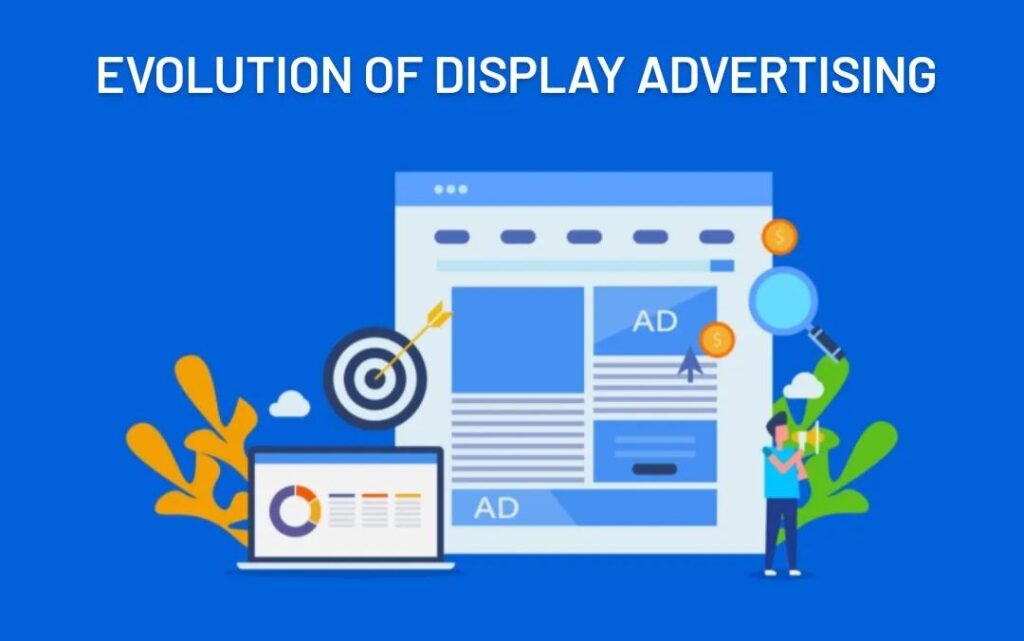
Static banner ads have evolved significantly since their inception in display advertising. The evolution of technology and changing consumer expectations have transformed the landscape of online advertising. In this blog post, we will take a journey through the history of display advertising, exploring how it has evolved from simple banners to the engaging and interactive rich media ads we see today.
Evolution of Display Advertising
1. The Era of Static Banner Ads
The story of display advertising begins with the humble static banner ad. In the early days of the internet, these ads were prevalent on websites, often in the form of simple, rectangular graphics. They were typically placed at the top or sides of web pages and relied on catchy slogans and bright colors to capture users’ attention. Click-through rates (CTR) were relatively high during this period because users were still adjusting to the novelty of online advertising.
2. The Rise of Flash and Animated Ads
As technology advanced, so did the capabilities of display ads. Flash technology allowed advertisers to create animated banner ads that featured movement and interactivity. These ads were more engaging than their static counterparts and often included simple games or interactive elements. However, they came with drawbacks, including slow loading times and compatibility issues with certain devices.
3. The Advent of Rich Media Ads
The limitations of Flash ads paved the way for the rise of rich media ads. Rich media ads are highly interactive and often include elements such as video, audio, and interactive features like quizzes or product catalogs. These ads provide a more immersive experience for users and are designed to encourage engagement and interaction.
4. HTML5 and Responsive Design
One of the most significant shifts in display advertising came with the adoption of HTML5 and responsive design principles. HTML5 allowed for the creation of rich media ads that were compatible with a wide range of devices and screen sizes. This adaptability was crucial in the era of mobile advertising, where responsive ads could seamlessly adjust to different screen sizes and orientations.
5. Programmatic Advertising and Personalization
The evolution of display advertising also saw the rise of programmatic advertising, where ads are bought and placed automatically through algorithms and real-time bidding. This technology enables advertisers to target their audiences with incredible precision, delivering personalized ads based on user behavior and demographics. This level of personalization has significantly improved ad relevance and effectiveness.
6. Interactive Rich Media Ads Today
Today, interactive rich media ads have reached new heights. They can include features such as 360-degree product views, augmented reality (AR) experiences, and even gamification elements. These ads not only capture users’ attention but also provide valuable brand interactions, driving higher conversion rates and customer engagement.
CONCLUSION:
The evolution of display advertising from static banners to interactive rich media ads reflects the dynamic nature of the digital advertising landscape. As technology continues to advance, we can expect even more innovative and immersive ad formats to emerge. In this ever-changing environment, advertisers must stay informed about the latest trends and technologies to create effective and engaging display ad campaigns that resonate with their target audience. Display advertising has come a long way, and its journey is far from over.
